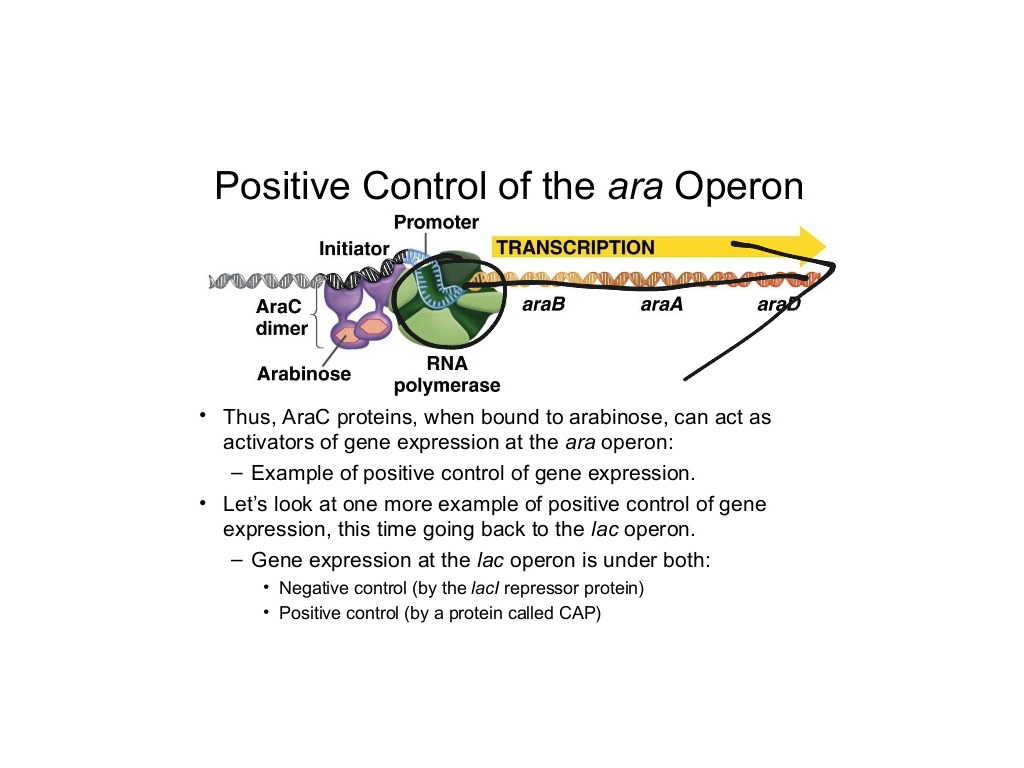


Unfortunately, this means that they are sometimes misinterpreted as being wishy-washy or unsure of their ideas. Because they are trained to do this for their scientific writing, scientist often do the same thing when talking to the press or a broader audience about their ideas. When scientists write about their ideas in journal articles, they are expected to carefully analyze the evidence for and against their ideas and to be explicit about alternative explanations for what they are observing. Scientists often seem tentative about their explanations because they are aware that those explanations could change if new evidence or perspectives come to light. Why do scientists often seem tentative about their explanations? To learn more about how science really works and to see a more accurate representation of this process, visit The real process of science. Teachers may ask that students use the format of the scientific method to write up the results of their investigations (e.g., by reporting their question, background information, hypothesis, study design, data analysis, and conclusion), even though the process that students went through in their investigations may have involved many iterations of questioning, background research, data collection, and data analysis and even though the students’ “conclusions” will always be tentative ones. In fact, the Scientific Method more accurately describes how science is summarized after the fact - in textbooks and journal articles - than how scientific research is actually performed. Although the Scientific Method captures the core logic of science (testing ideas with evidence), it misrepresents many other aspects of the true process of science - the dynamic, nonlinear, and creative ways in which science is actually done. The “scientific method” is traditionally presented in the first chapter of science textbooks as a simple, linear, five- or six-step procedure for performing scientific investigations.


 0 kommentar(er)
0 kommentar(er)
